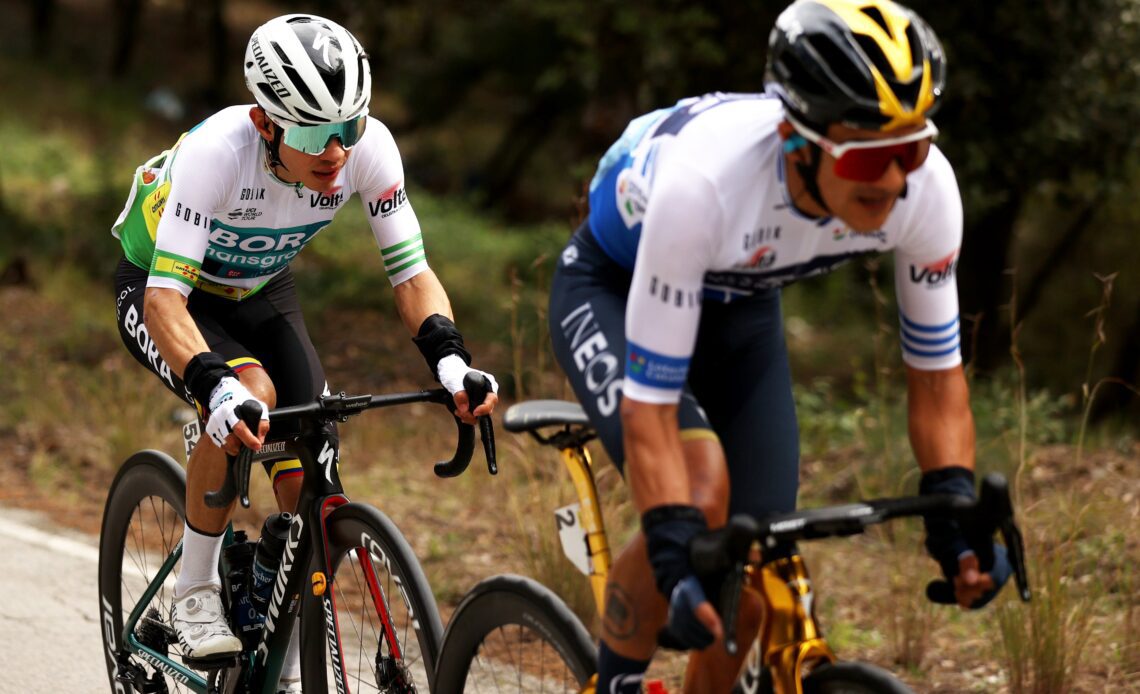[the_ad id="5357"]
[ad_1]
With its first edition held all the way back in 1911, Volta a Catalunya is among the very oldest races in cycling, and is firmly established as one of the most important and respected one-week stage races in the WorldTour.
The race makes full use of the terrain in Catalonia, venturing up the Pyrenean summits for what is a very climber-friendly race. That’s reflected in its list of winners. Last year, Sergio Higuita claimed overall victory having worked together with fellow South American Richard Carapaz in a decisive, surprise long-range attack on the penultimate stage. Before him, Adam Yates won in 2021 and Miguel Ángel López in 2019, while the preceding years were dominated by Movistar, Nairo Quintana taking the title in 2016 and Alejandro Valverde winning back-to-back in 2017 and 2018. This year’s edition looks to be especially the case, with a total of three summit finishes.
Route
With three mountain top finishes in total and tough hills aplenty in each of the other four stages, the 2023 edition has little if nothing to offer the bunch sprinters. The opening stage, starting and finishing in Sant Feliu de Guíxols, might just be their best chance, and a sprint finish was indeed the outcome when an almost identical route was used for last year’s opener, but a series of hills (including the category three Alto de Romanya 25km from the finish) will complicate matters.
Unusually for a stage race, two of the most important GC stages occur as early as stage two and three. First up is a summit finish Vallter 2000, a now familiar, punishingly long 15km climb with an unsparingly steep average gradient of nearly 7%. Adam Yates won here both in 2021 and 2019, and on both occasions the climb proved to be selective, with significant gaps between the favourites.
Then on stage three the riders finish atop La Molina, another climb that’s featured in many recent editions of the race. It’s similar in length to Vallter 2000 (12km) but with a much less demanding average gradient of 4.4%, although that number undersells the climb a little as it takes into account a brief downhill section near the top. The gaps haven’t been quite as big…
[ad_2]

